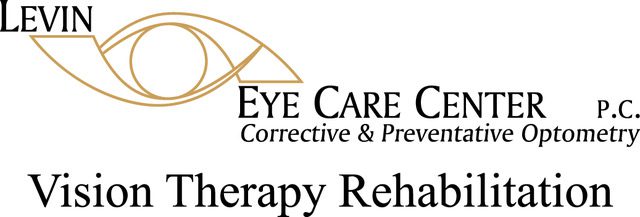
How Does UV Light Affect Our Eyes?
We hear a lot about the harm UV rays can do to our skin, but what about our eyes?
February 5, 2025
No Comments

How Do Optical Illusions Trick Our Eyes?
Do you ever wonder if your eyes are playing tricks on you?
January 30, 2025
No Comments

AMD Can’t Be Cured, But It Can Be Fought
AMD is a condition that slowly erodes a person’s detailed central vision.
January 22, 2025
No Comments

Should I Get Bifocals or Progressives?
For many people, some form of reading glasses become necessary after age 40.
January 15, 2025
No Comments

Essential Eye Health Tips
Healthy eyesight is an essential yet often overlooked aspect of living a fulfilling life.
January 8, 2025
No Comments

Discover the Life-Changing Benefits of Scleral Lenses
Levin Eye Care Center | Whiting Eye Doctor Near Me If you’ve been struggling with vision issues that seem unsolvable or have been told you’re
January 3, 2025
No Comments
